In this article, we’ll explore the awe-inspiring phenomenon of auroras and delve into the art of photographing them to create stunning visual masterpieces.
The Phenomenon of Auroras
Auroras, commonly known as the Northern and Southern Lights, occur when charged particles from the sun interact with the Earth’s magnetic field. These particles, mainly electrons and protons, are pushed towards the polar regions, where they collide with atmospheric gases like oxygen and nitrogen. This collision releases energy in the form of glowing lights, painting the sky in vibrant colors.
The Northern Lights, or Aurora Borealis, are visible in the northern hemisphere, predominantly in countries like Norway, Iceland, Canada, and Finland. On the other hand, the Southern Lights, or Aurora Australis, can be witnessed in the southern hemisphere, particularly in Antarctica, New Zealand, and Australia.
Why Photograph Auroras?
Photographing the Northern and Southern Lights offers a unique opportunity to capture the magic of nature. These photographs not only serve as breathtaking visual memories but also allow us to showcase the beauty of our planet and raise awareness about climate change and the need to protect our environment. Here are some compelling reasons to embark on an aurora photography adventure:
- Immortalize a Natural Wonder: Auroras are elusive and fleeting. By photographing them, you can capture their beauty forever and share it with the world.
- Create Mesmerizing Images: The vibrant colors and dancing lights of auroras create stunning compositions that make for extraordinary photographs.
- Promote Environmental Awareness: Sharing your aurora photographs can help raise awareness about the importance of preserving our planet and combating climate change.
- Culture and Adventure: Photographing auroras takes you to remote and breathtaking locations, giving you the opportunity to immerse yourself in different cultures and embark on thrilling adventures.
Photographing the Auroras
Now that you understand the allure of capturing the Northern and Southern Lights, let’s dive into some tips and techniques to help you compose awe-inspiring aurora photographs:
Location, Location, Location
Choosing the right location is crucial for photographing auroras. Look for places with low light pollution and clear skies, away from cities and their artificial lights. Research the best times and locations for viewing auroras, as their visibility varies in different seasons and regions.
Equipment Essentials
To capture the intricate details of auroras, you’ll need some essential photography equipment:
- A Camera with Manual Controls: Adjusting the exposure settings manually gives you greater control over the final image.
- Wide-Angle Lens: Opt for a wide-angle lens to capture the expansive sky and the beautiful colors of auroras.
- Sturdy Tripod: As you’ll be shooting in low-light conditions, a tripod is essential to keep your camera stable and avoid blurry images.
- Remote Shutter Release: Using a remote shutter release minimizes camera shake and ensures sharp images.
Mastering the Settings
Understanding your camera settings is crucial to capturing stunning aurora photographs. Consider the following settings:
- ISO: Start with a low ISO setting (e.g., 100-400) to minimize noise, and gradually increase it if needed.
- Aperture: Choose a wide aperture (e.g., f/8 or lower) to allow more light to enter the camera.
- Shutter Speed: Experiment with longer shutter speeds (e.g., 10-30 seconds) to capture the movement and intricate patterns of auroras.
Patience and Preparation
Photographing auroras requires patience and preparation. Keep the following tips in mind:
- Dress appropriately for the weather conditions, as you may be shooting in cold environments for long durations.
- Arrive at your chosen location well before the expected aurora activity to set up your camera and familiarize yourself with the surroundings.
- Shoot in RAW format to retain maximum details and flexibility during post-processing.
- Experiment with framing, composition, and foreground elements to add depth and visual interest to your photographs.
Conclusion: Capturing Nature’s Dancing Lights
Photographing the Northern and Southern Lights is a mesmerizing and rewarding experience, allowing you to capture the wonders of nature in all their glory. The ethereal beauty of auroras serves as a reminder of the delicate balance of our planet’s ecosystems and the need to protect them. So, grab your camera, venture into the magical night, and let the auroras be your muse!
Key Takeaways:
- Auroras are awe-inspiring natural phenomena that occur when charged particles from the sun interact with the Earth’s magnetic field.
- Photographing auroras allows you to immortalize their fleeting beauty, create mesmerizing images, and promote environmental awareness.
- Choosing the right location, having essential photography equipment, mastering camera settings, and being patient and prepared are key to capturing stunning aurora photographs.
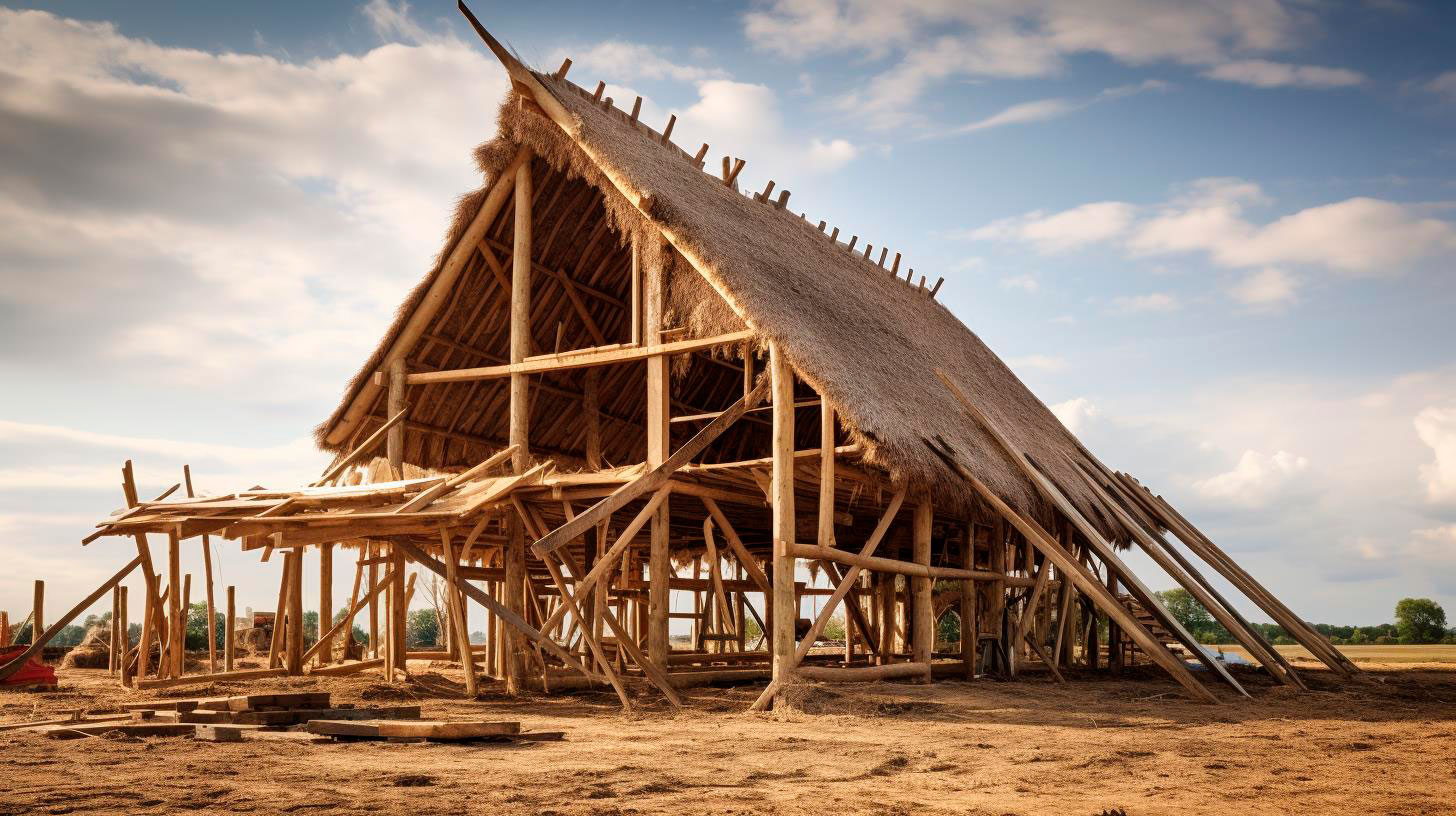
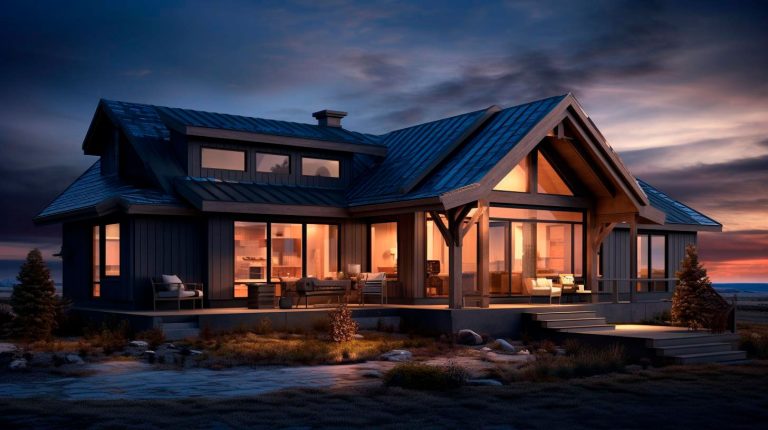



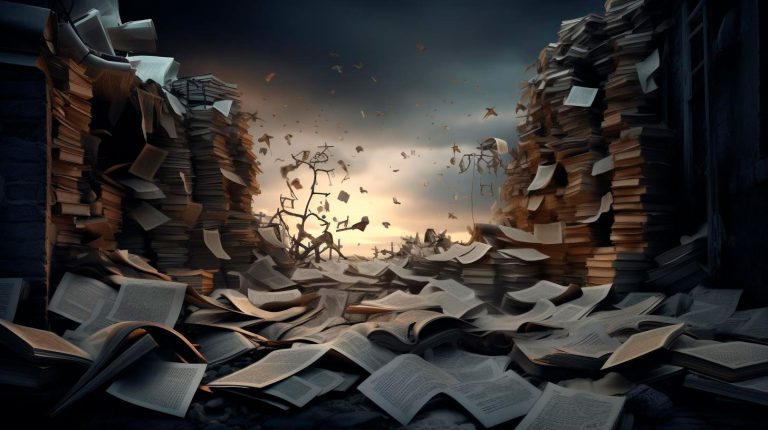

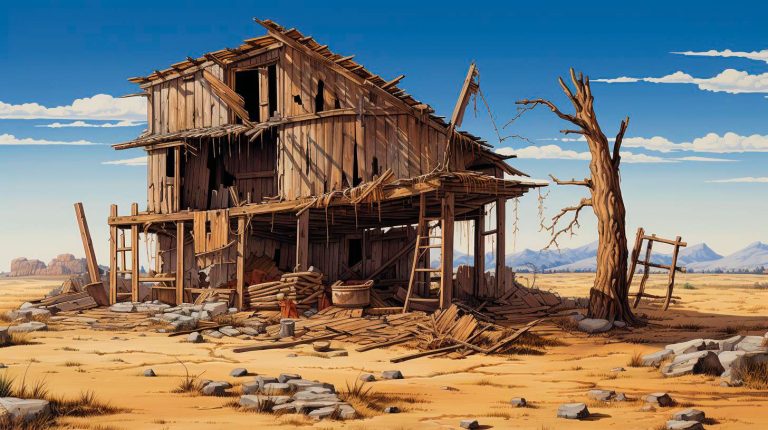

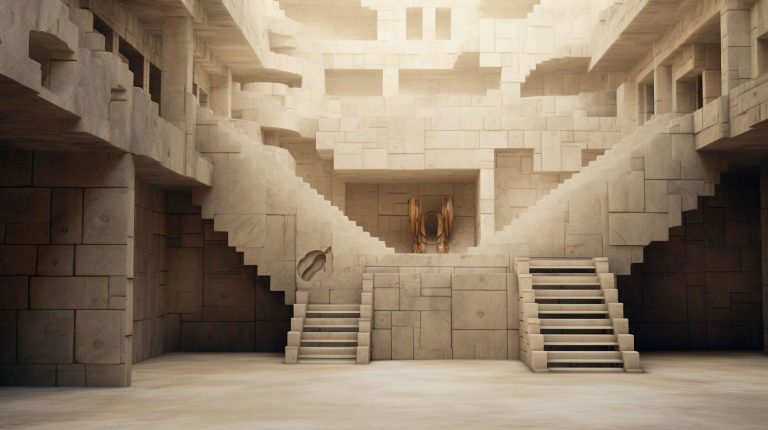








+ There are no comments
Add yours